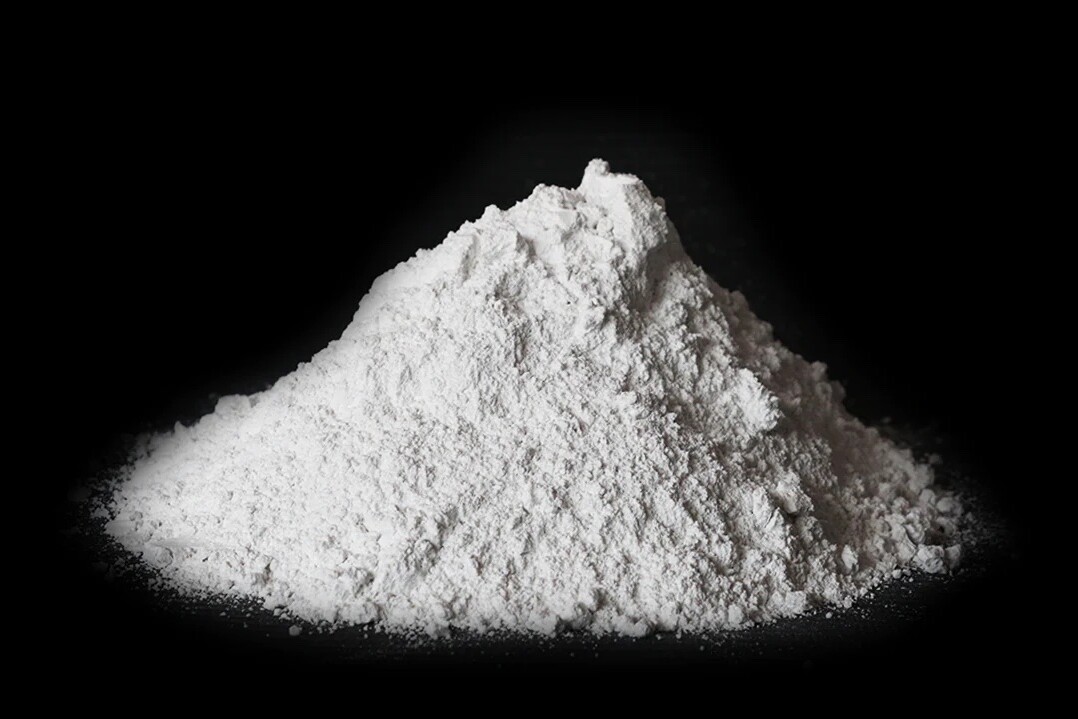Ammonium Polyphosphate: A Silent Guardian in Fire Safety
Fire safety is a paramount concern in today’s world, with the potential for fires to cause significant harm to lives, property, and the environment. To combat this ever-present danger, the use of effective fire retardants is essential. Ammonium Polyphosphate (APP) is a powerful, versatile compound that plays a crucial role in enhancing fire safety. In this article, we will delve into the world of APP and its importance in fire retardant applications.
Understanding Ammonium Polyphosphate (APP)
Ammonium Polyphosphate is a flame retardant compound composed of ammonium cations (NH4+) and polyphosphate anions (PO3-). It is available in various forms, including crystalline and fine powder, and is a key ingredient in many fire-resistant materials.
How APP Works as a Fire Retardant
The exceptional fire-retardant properties of APP are attributed to its ability to release ammonia gas and form a thermally stable phosphate layer when exposed to heat or flames. This process is known as intumescence, and it plays a pivotal role in preventing or slowing down the combustion process. The intumescent coating expands when heated, creating a protective barrier that insulates the underlying material and reduces the spread of flames.
Applications of APP in Fire Safety
Building Materials
APP is commonly used in building materials such as paints, coatings, and sealants. When incorporated into these products, it enhances fire resistance, reducing the risk of flames spreading and providing crucial extra minutes for occupants to evacuate safely in case of a fire.
Plastics and Polymers
The plastics industry relies on APP to produce fire-resistant materials for applications ranging from electrical wiring insulation to automotive components. By adding APP, manufacturers can improve the fire safety of these products.
Textiles
APP-treated textiles are widely used in protective clothing, curtains, and upholstery to reduce the flammability of fabrics. This is especially important in industries where workers are exposed to potential fire hazards.
Electronics
Electronic devices can generate heat and pose a fire risk. APP is used in the production of fire-resistant enclosures, coatings, and adhesives to protect against electrical fires.
Environmental Benefits of APP
In addition to its impressive fire-retardant properties, APP offers some notable environmental benefits:
Low Toxicity
APP is considered relatively safe for humans and the environment. It releases ammonia gas during combustion, which, while not entirely harmless, is less toxic compared to other combustion byproducts.
Reduced Smoke and Toxic Emissions
The use of APP in fire retardants can lead to reduced smoke production and the release of toxic gases during a fire. This helps improve the overall safety of firefighting efforts.
Ammonium Polyphosphate (APP) may not be a household name, but its significance in fire safety cannot be overstated. Its ability to create a protective barrier that slows down the combustion process makes it an invaluable tool in safeguarding lives and property. Whether in building materials, plastics, textiles, or electronics, APP continues to play a crucial role in enhancing fire safety across various industries. As we strive to make our world safer and more resilient to fire-related risks, APP remains a silent guardian, working diligently to protect us when it matters most.



